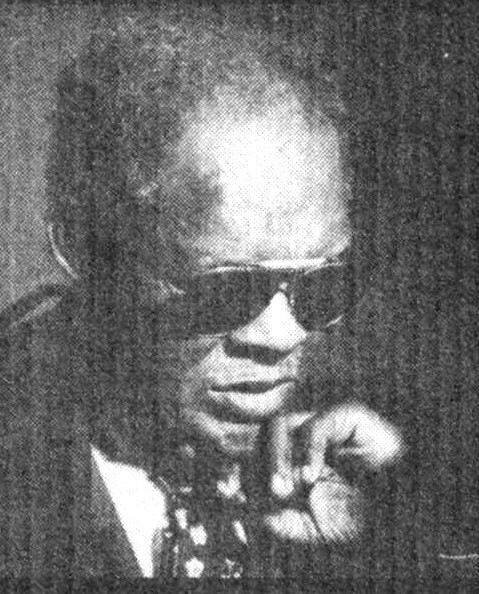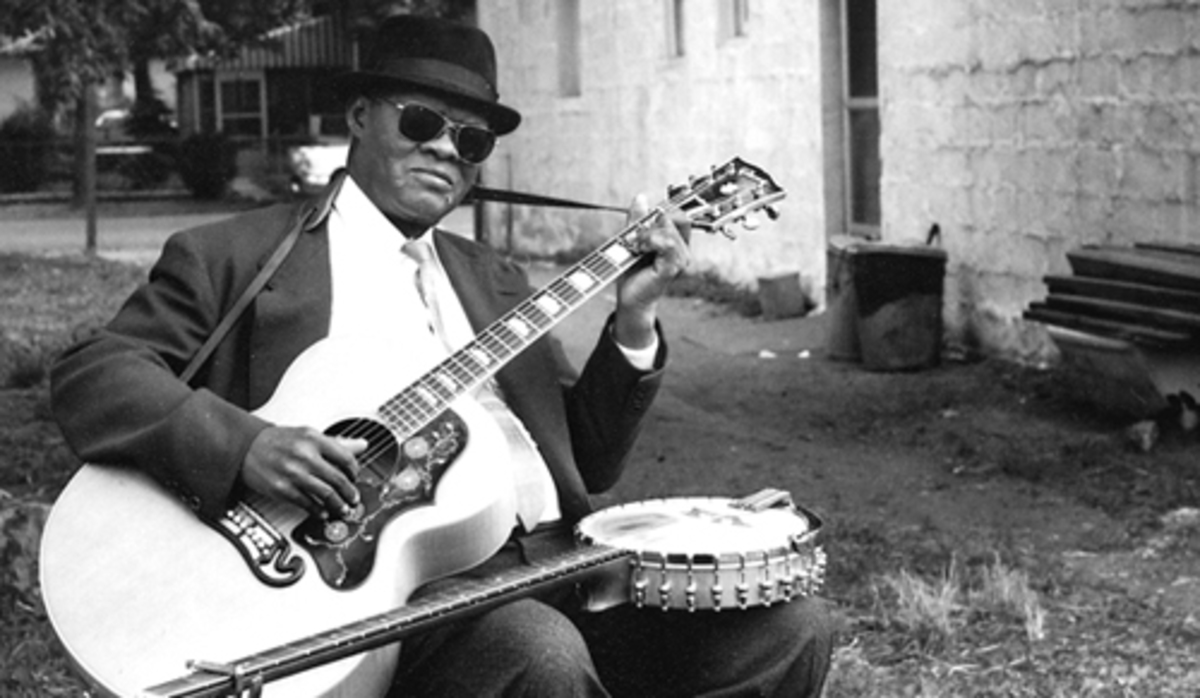Reverend Gary Davis: The Blind Prophet of the Blues
Reverend Gary Davis, also known as Blind Gary Davis, was a masterful blues and gospel musician whose influence resonates deeply in the history of American music. Renowned for his complex fingerpicking guitar style, heartfelt lyrics, and spiritual conviction, Davis transcended the boundaries of genre and became a mentor to countless artists in the folk and blues revivals of the mid-20th century.
Early Life
Gary D. Davis was born on April 30, 1896, in Laurens, South Carolina. He was one of eight children, though only two survived into adulthood. Davis lost his eyesight during childhood due to a combination of illness and lack of medical care, a common tragedy for poor Black families in the rural South at the time.
From an early age, Davis showed a strong interest in music. He taught himself to play the guitar and began performing locally in South Carolina, developing a powerful and intricate fingerpicking style rooted in the Piedmont blues tradition. His style was characterized by rapid bassline thumb work and complex melodic structures, often mimicking ragtime piano.
Musical Career in the South
By the 1920s, Davis was performing on street corners and at parties throughout the Carolinas. His repertoire was diverse, spanning traditional blues, spirituals, and original compositions. In 1935, he made his first recordings in New York City for the American Record Company, including the iconic “I Am the Light of This World” and “Death Don’t Have No Mercy.” These songs showcased both his virtuosic guitar skills and his deeply spiritual lyrics.
It was also during this period that Davis experienced a profound religious conversion. He became an ordained Baptist minister and shifted much of his musical focus toward gospel music. From then on, he preferred to be called “Reverend Gary Davis” and declined to perform secular blues, though his early blues songs continued to circulate widely.
Move to New York and the Folk Revival
In the 1940s, Davis moved permanently to New York City, where he became a fixture of the Harlem street music scene. Despite his growing reputation, Davis remained impoverished and relied heavily on donations and small gigs to survive.
However, in the late 1950s and 1960s, the American folk revival brought Davis renewed attention. His music was rediscovered by a new generation of white folk and blues enthusiasts. Aspiring musicians—many of whom would become famous themselves—sought him out for lessons. Among his most notable students were Bob Weir of the Grateful Dead, Ry Cooder, David Bromberg, and Stefan Grossman.
His performances at folk festivals and clubs during this period, including the Newport Folk Festival, introduced his music to broader audiences. His powerful voice, complex guitar technique, and spiritually charged presence made him a standout figure in the folk scene.
Musical Style and Legacy
Reverend Gary Davis’s guitar playing is considered among the most sophisticated in blues history. He seamlessly combined the ragtime traditions of Scott Joplin with the spiritual intensity of gospel music, creating a unique and instantly recognizable sound. His ability to play melody, rhythm, and bass simultaneously made him a sought-after teacher and a revered figure among guitarists.
His spiritual compositions—such as “Samson and Delilah,” “I Belong to the Band,” and “Tryin’ to Get Home”—were infused with Biblical imagery and deep emotional resonance. These songs have been covered by numerous artists, including the Grateful Dead, Peter, Paul and Mary, and Bob Dylan.
Final Years and Death
Despite his influence, Reverend Gary Davis never achieved mainstream commercial success. He continued to live modestly in New York City, performing and teaching until his health began to fail in the early 1970s. He passed away on May 5, 1972, in Hammonton, New Jersey, at the age of 76.
He is buried in Monmouth County, New Jersey, and his grave has become a pilgrimage site for blues and folk music fans.
Conclusion
Reverend Gary Davis remains a towering figure in American roots music. His unmatched guitar technique, powerful voice, and spiritual dedication shaped generations of musicians and helped preserve the tradition of the Piedmont blues. His music continues to inspire guitarists, singers, and songwriters around the world, ensuring his legacy as one of the great prophets of the blues.


Comments are closed